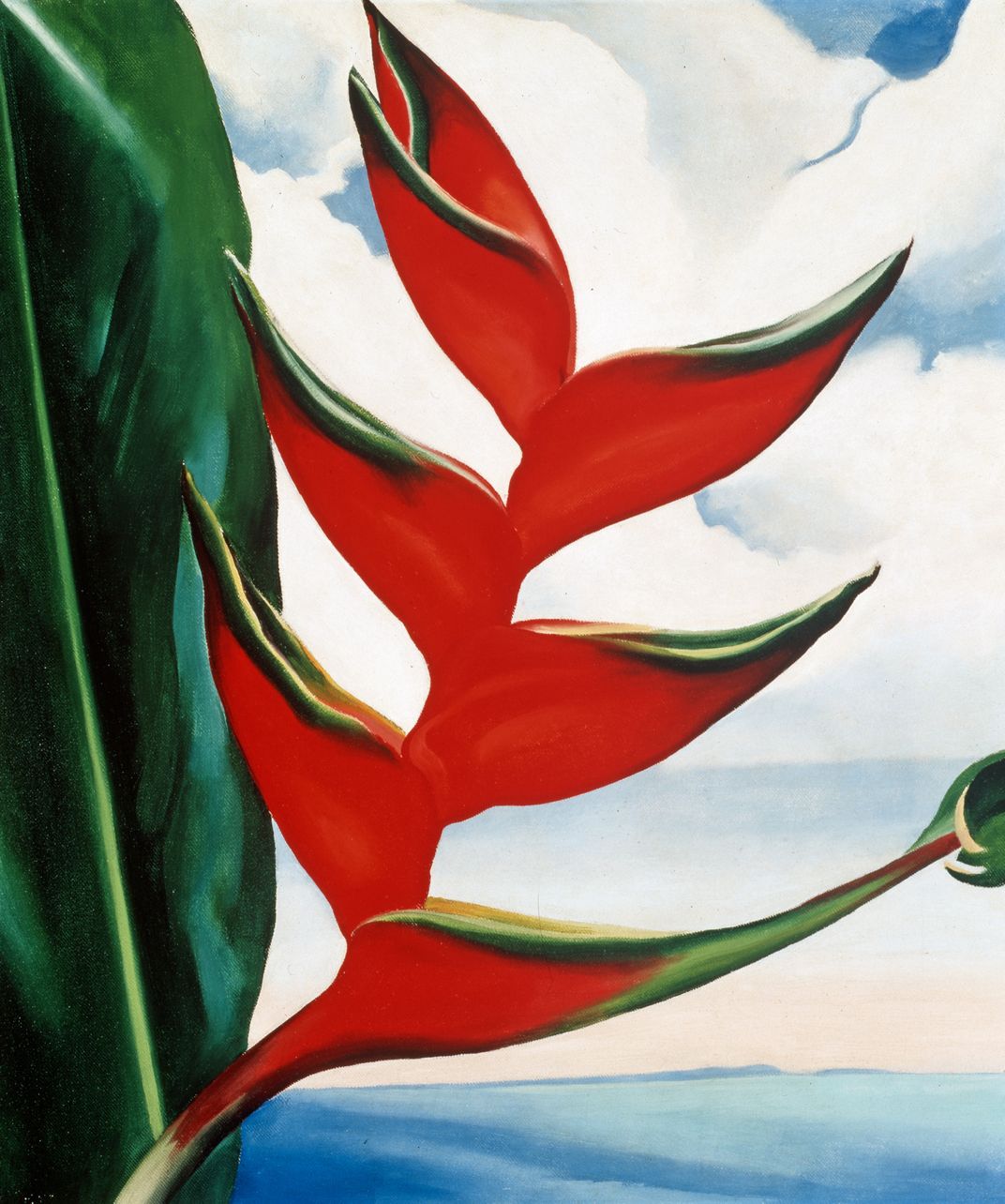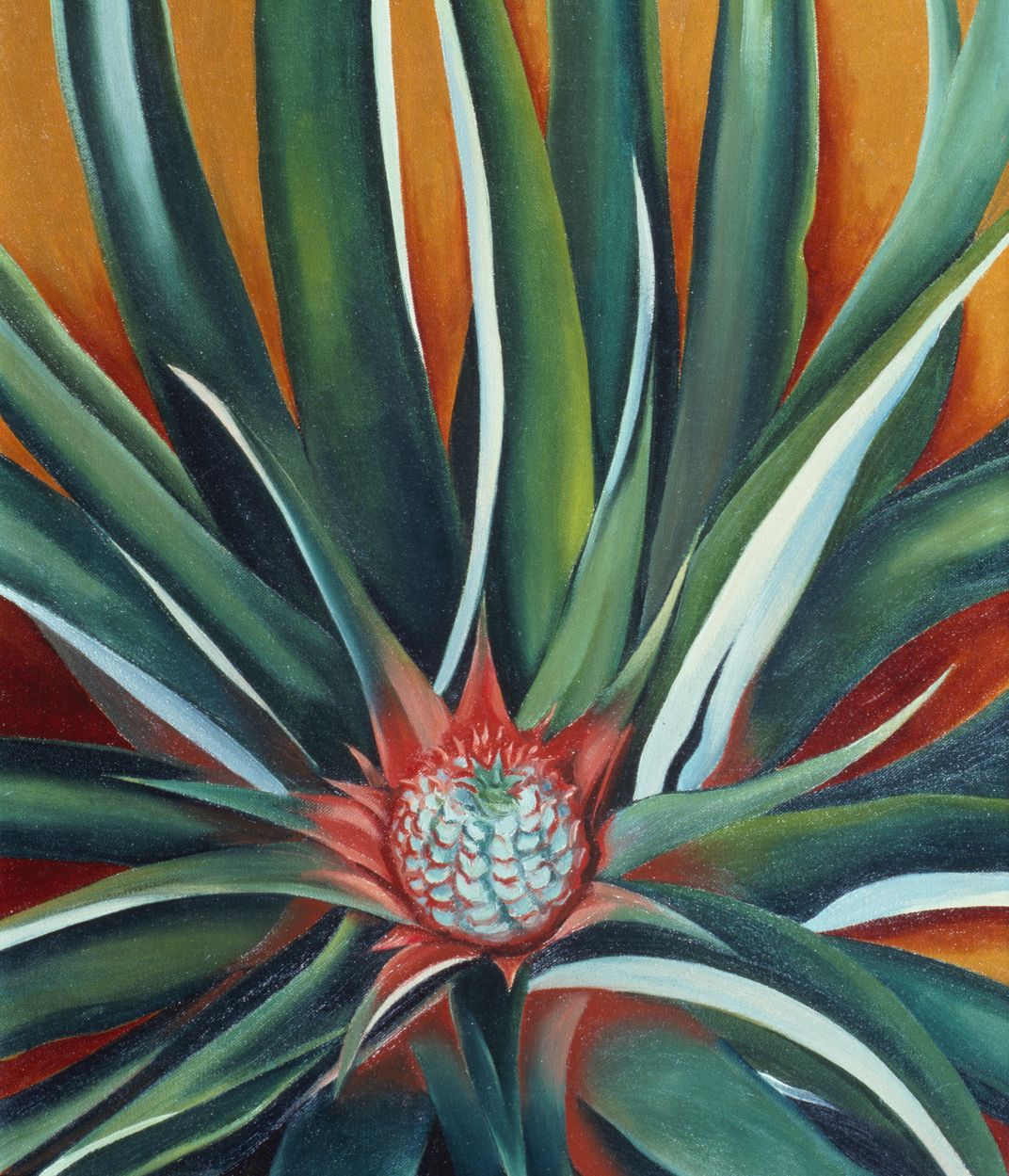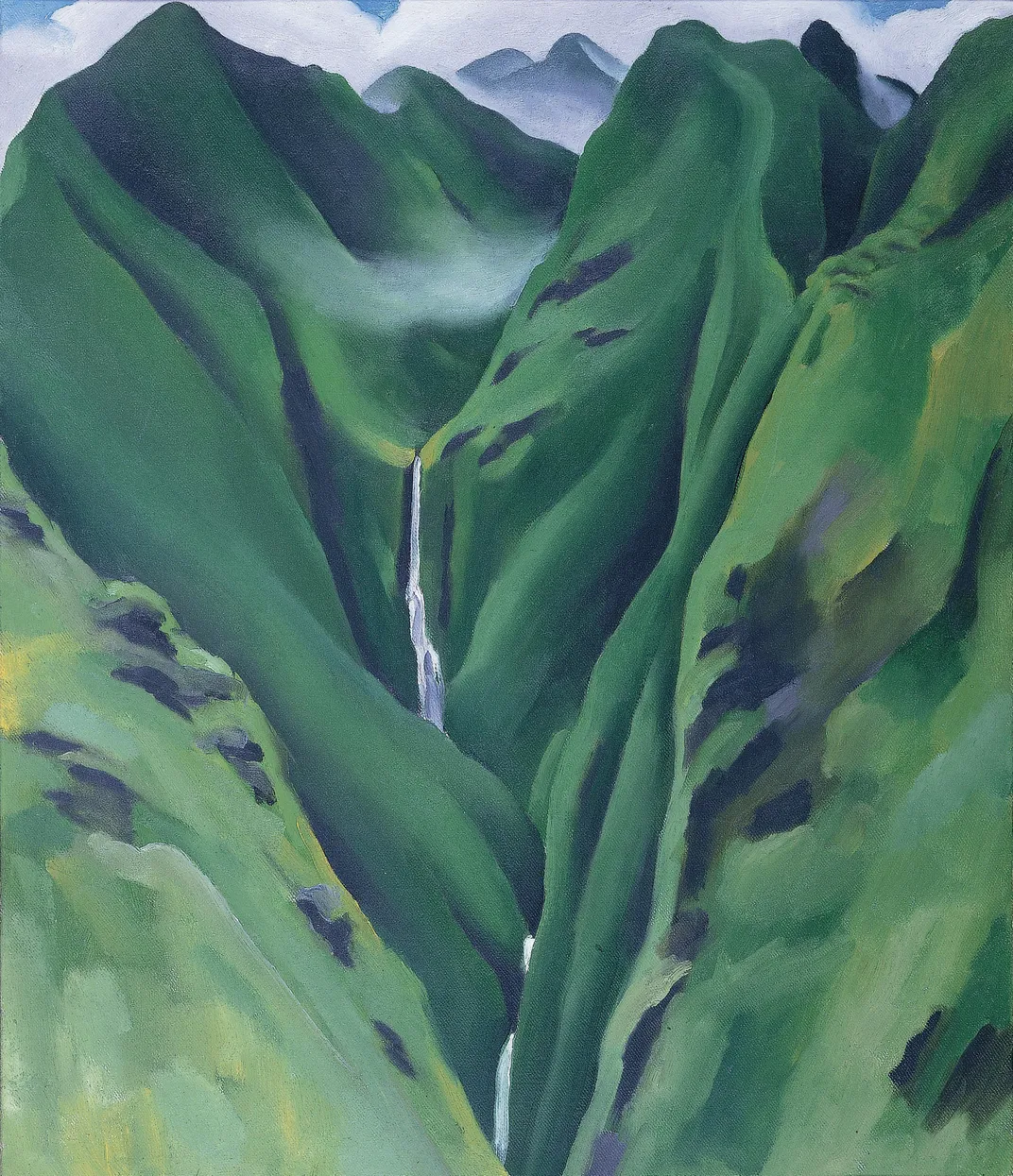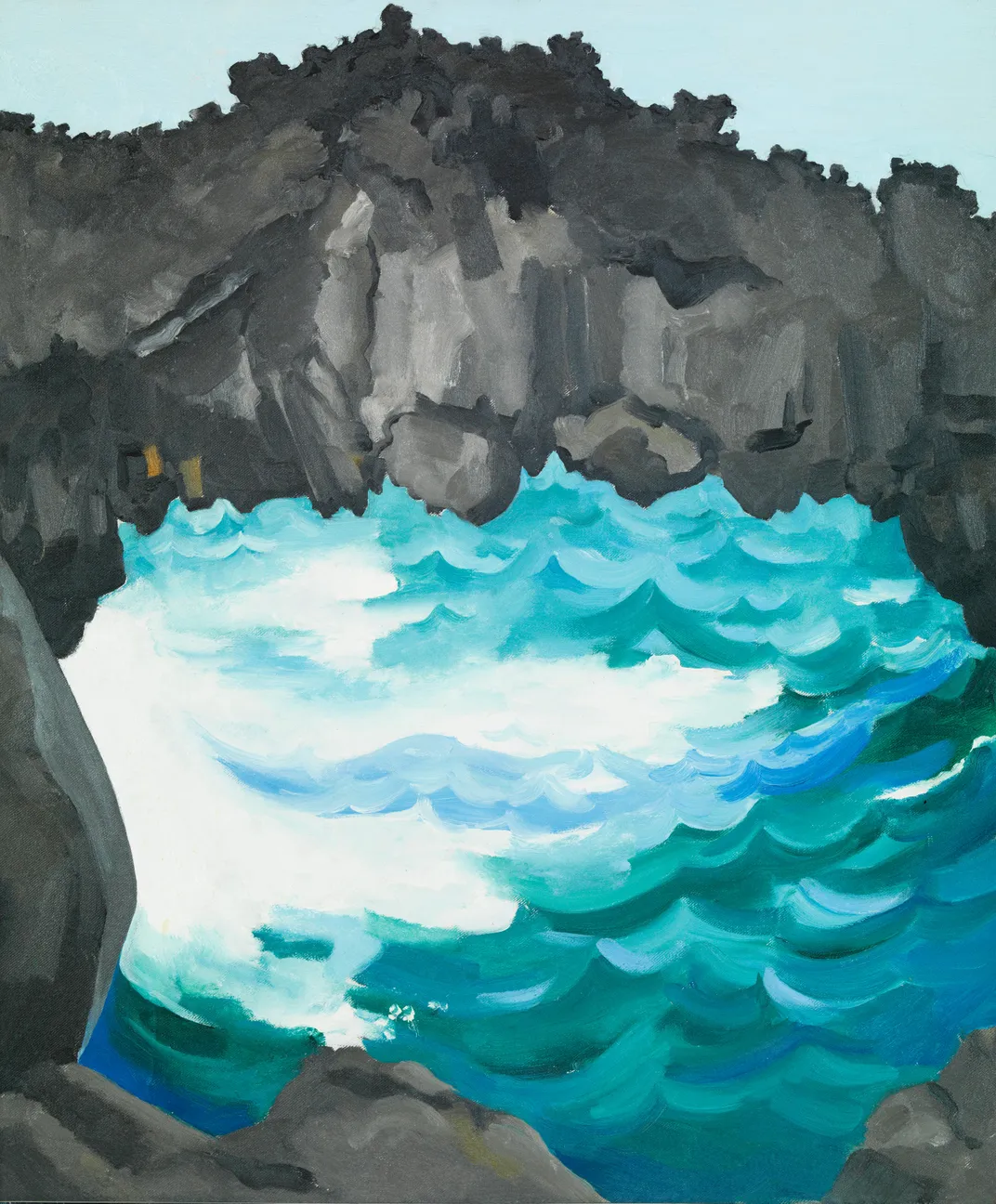See Georgia O’Keeffe’s Little-Known Hawaii Paintings Blossom Next to Real Plants
The show at the New York Botanical Gardens features 300 Hawaiian plant types
If there is one place most commonly associated with Georgia O’Keeffe, it is New Mexico. When the artist first visited in 1917, she exclaimed: “Well! Well! Well! This is wonderful. No one told me it was like this.” The dusty landscapes and desert foliage inspired some of her most famous paintings.
Less well known is O’Keeffe’s connection to Hawaii.
The artist traveled to the island for nine weeks in 1939 and painted Hawaii’s lush, colorful flora. As Sarah Cascone reports for Artnet News, 17 of these works are now reunited at the New York Botanical Garden, where visitors can also view the beautiful, diverse plants and flowers that inspired O’Keeffe during her visit.
Titled “Georgia O’Keeffe: Visions of Hawai’i,” the exhibition marks the first time that the paintings have been displayed together in New York since 1940, when they were debuted at a gallery owned by O’Keeffe’s husband, the photographer Alfred Stieglitz. The works on view are very much in the style of the floral images that O’Keeffe is known for—that is to say vibrant and closely cropped—but they have a tropical flair. In Hawaii, O’Keeffe painted hibiscus flowers, papayas, volcanic cliffs and waterfalls.
O’Keeffe was 51 years old when she traveled to the island. At the time, she was recognized as one of the most famous artists in America, the New York Botanical Garden (NYBG) explains in a statement. Her trip was an all-expenses paid working vacation, courtesy of Dole (then called the “Hawaiian Pineapple Company”), which commissioned O’Keeffe to make two ads for its pineapples. O’Keeffe was initially ambivalent about the project, but she quickly became enthralled by the Hawaiian landscape.
“I was astonished—it was so beautiful,” she once said, according to Abigail Cain of Artsy in a feature about the artist’s trip to the Hawaiian islands.
During the course of her visit, O’Keeffe produced an impressive number of paintings inspired by the beauty that surrounded her. She did not, however, paint any pineapples. Upon her return to America, she gave two paintings to Dole: one of a heliconia plant, the other of a papaya.
“The papaya tree, needless to say, was rejected because the papaya was the rival fruit to the pineapple,” exhibition co-curator Theresa Papanikolas tells Cascone.
Hoping to encourage the artist, Dole then shipped a pineapple plant from Hawaii to O’Keeffe’s house. According to William L. Hamilton of the New York Times, the artist opted to paint one from memory instead, crafting a rosy pineapple bud nestled in a bed of spiked green leaves.
Though she spent two months immersing herself in Hawaii’s natural environment, none of the flowers that O’Keeffe painted are native to Hawaii. Much of the island is populated with plants brought over by the ancient Polynesians and, from the 18th-century onward, by Western voyagers.
Hawaii is, however, home to 1,200 native plant species, 90 percent of which cannot be found anywhere else. Half of Hawaii’s native plant species are endangered and cannot be shipped across state lines, but NYBG partnered with the National Tropical Botanical Garden in Hawaii to obtain cuttings and seedlings of the plants that could be legally transported.
The NYBG is also displaying a total of 300 plant types that can be found in Hawaii today. In the garden’s courtyards and Enid A. Haupt Conservatory, visitors can view pineapple, papaya and banana plants, hundreds of hibiscus, sugarcane, gardenias and bougainvillea. The result is a full-bodied exploration of Hawaii’s ecology, which captured O’Keeffe’s imagination back in 1939 and continues to mesmerize travelers to this day.
/https://tf-cmsv2-smithsonianmag-media.s3.amazonaws.com/filer/80/4a/804a6ff9-ddb2-414f-93c7-3f8687acf7f0/nybg_georgia_okeeffe_by_harold_stein_face.jpg)





